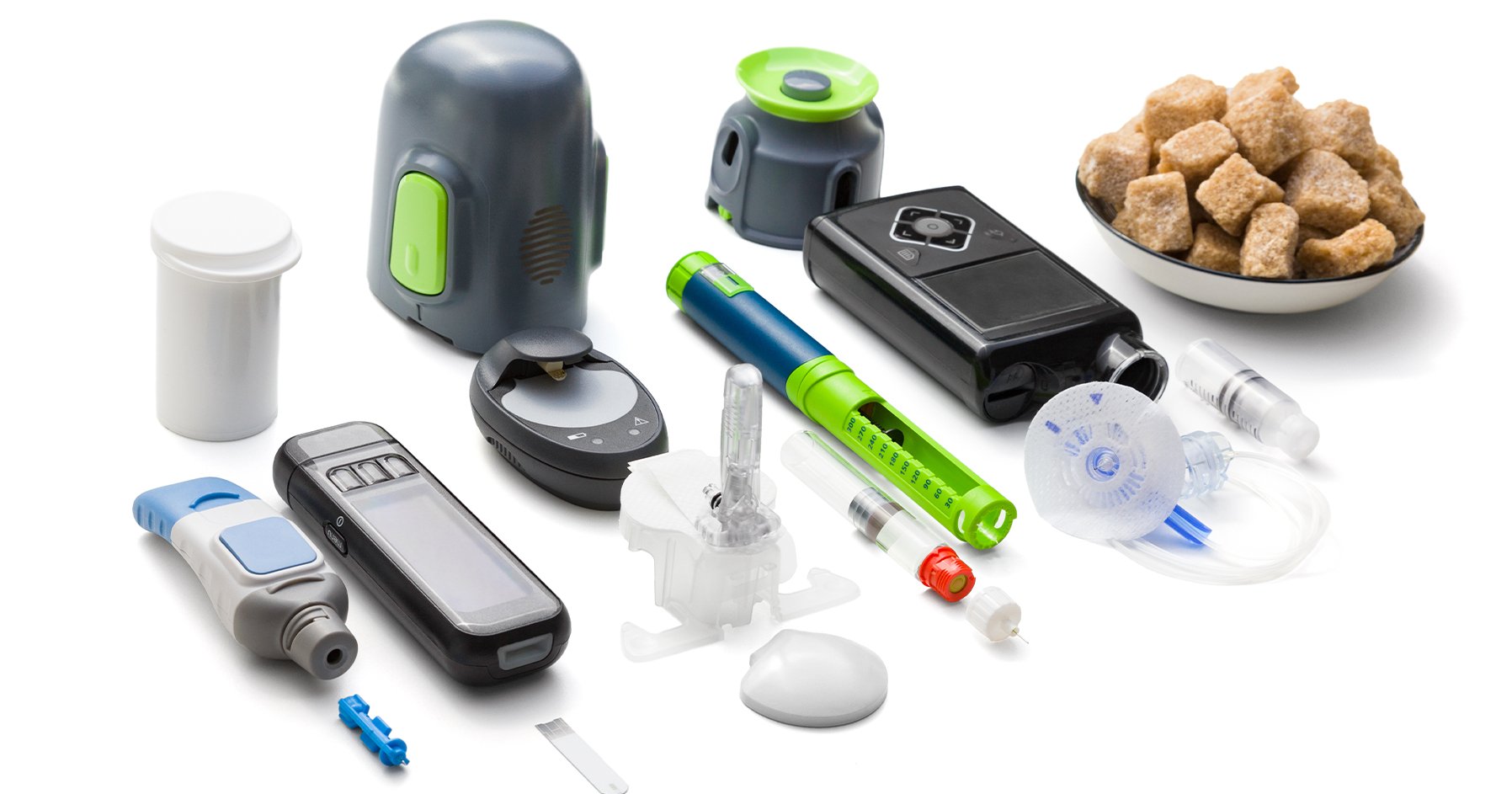Diabetes Technology: The Latest Advances in Glucose Monitoring and Insulin Delivery

Advancements in diabetes technology have revolutionized the way individuals manage their diabetes, offering improved glucose monitoring and insulin delivery options. These innovative technologies have made diabetes management more convenient, accurate, and personalized, enhancing the quality of life for people living with diabetes. In this article, we will explore the latest advances in glucose monitoring and insulin delivery, highlighting the benefits and potential impact on diabetes care.
Continuous Glucose Monitoring (CGM): Continuous Glucose Monitoring (CGM) systems have become a game-changer in diabetes management. CGM devices continuously measure glucose levels in the interstitial fluid, providing real-time data on blood sugar trends. The latest CGM systems offer enhanced accuracy, longer wear times, and user-friendly interfaces, allowing individuals to make informed decisions about insulin dosing, diet, and physical activity.
Benefits of CGM:
- Real-time glucose data: CGM provides instant feedback on glucose levels, enabling timely interventions to prevent hypoglycemia or hyperglycemia.
- Trend analysis: CGM data shows glucose trends over time, helping users identify patterns and make proactive adjustments to their diabetes management plan.
- Alerts and notifications: CGM systems can alert users when glucose levels are approaching dangerous levels, reducing the risk of severe hypo- or hyperglycemia.
Insulin Pump Therapy: Insulin pump therapy has been a significant advancement in insulin delivery for individuals with type 1 diabetes. Insulin pumps deliver rapid-acting insulin continuously, mimicking the body’s natural insulin release. Modern insulin pumps come with advanced features, such as integration with CGM data, customizable basal rates, and bolus calculators.
Benefits of Insulin Pump Therapy:
- Basal rate customization: Insulin pumps allow users to customize their basal insulin delivery to match their unique needs, providing better glucose control throughout the day.
- Bolus calculator: Insulin pumps equipped with bolus calculators help users calculate insulin doses based on factors like carb intake and current glucose levels, reducing the risk of dosing errors.
- Integration with CGM: Some insulin pumps can integrate with CGM systems, enabling predictive low glucose suspend (PLGS) features that automatically suspend insulin delivery when glucose levels are low.
Artificial Pancreas (Closed-Loop Systems): The artificial pancreas, also known as a closed-loop system, is a groundbreaking technology that combines CGM and insulin pump therapy to automate insulin delivery. The closed-loop system uses algorithms to adjust insulin delivery in response to real-time CGM data, reducing the burden of diabetes management.
Benefits of Closed-Loop Systems:
- Improved glucose control: Closed-loop systems aim to maintain glucose levels within a target range, reducing the frequency and severity of hypoglycemia and hyperglycemia.
- Reduced user input: The closed-loop system automates insulin delivery, minimizing the need for frequent manual adjustments, particularly during sleep or exercise.
- Enhanced quality of life: Closed-loop systems ease the mental and physical burden of diabetes management, promoting a better quality of life for users.
Artificial Intelligence (AI) and Data Integration: Advancements in AI and data integration are revolutionizing diabetes management by analyzing large datasets from CGM, insulin pumps, and other diabetes devices. AI algorithms can predict glucose patterns, detect anomalies, and offer personalized insights, empowering users to make data-driven decisions for optimal diabetes control.
Conclusion: The latest advances in diabetes technology, including continuous glucose monitoring, insulin pump therapy, closed-loop systems, and AI-driven data analysis, have transformed diabetes management. These innovations provide users with real-time glucose data, automated insulin delivery, and personalized insights, enhancing glucose control and reducing the risk of complications. As diabetes technology continues to evolve, it holds the promise of revolutionizing diabetes care and improving the lives of millions of individuals living with diabetes. Embracing these advancements empowers individuals to take charge of their diabetes management and lead healthier, more fulfilling lives.





